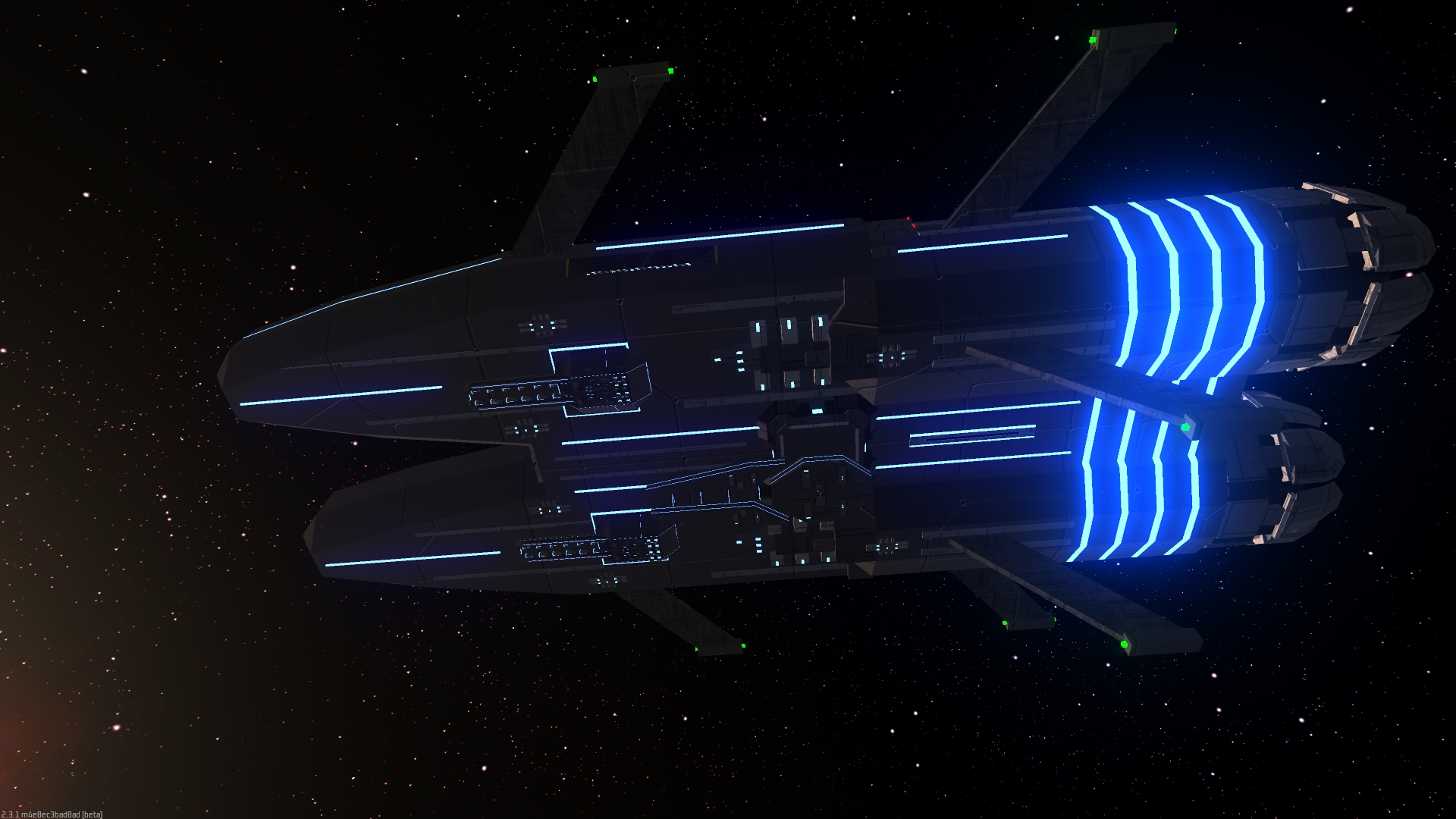Ouliv
A dwarf planet of the Tiact System.
Ouliv is only very small. It is classified as a dwarf planet. It does however have a very large orbital radius and is very far from Tiact. This causes it to be very cold and orbit very slowly. Due to its lower gravity, the ground is much less spherical. Large mountains dot the land. There is, however, an abundance of ice on Ouliv. As such, it is possible that life may have once existed on the world before the dwarf planet was moved to a much higher orbit. In fact, this could be a part of ancient Tebburus, formed when a huge asteroid crashed into the planet. That is a possible outcome, as the rock composition has been found to be similar to that of Tebburus. Due to its small size, Ouliv has not been attacked agressively during the suon-saelian war unlinke the massive gas giant Dogenov, which is in a slightly lower orbit. Dogenov has a lot more resources available. As Ouliv is rarely acknoledged compared to the other planets in the system, it is sometimes used for military black projects. The HSA studies it often in order to determine specifics on how the Tiact system has formed, and perhaps find out why the Xadia chose to place the Pyre of Stars on Tebburus rather than another planet. A small amount of Aetherium has also been found o Ouliv, which supports the theory where the dwarf planet was once part of Tebburus. Although most of it has been extracted due to the sheer value of aetherium, a measure of it is kept for study. The United Nations of Tebburus have also mined the planet for various resources. Most metal elements are relatively common on Ouliv, making it an excellent all-round metal mine. Most elements of the periodic table can be teleported from the planet, and a lot of matter plasma is manufactured. Most of the planet is powred through Planck-Dismantlement Beams with ZPE and antimatter reactors as a backup source.
Ouliv is only very small. It is classified as a dwarf planet. It does however have a very large orbital radius and is very far from Tiact. This causes it to be very cold and orbit very slowly. Due to its lower gravity, the ground is much less spherical. Large mountains dot the land. There is, however, an abundance of ice on Ouliv. As such, it is possible that life may have once existed on the world before the dwarf planet was moved to a much higher orbit. In fact, this could be a part of ancient Tebburus, formed when a huge asteroid crashed into the planet. That is a possible outcome, as the rock composition has been found to be similar to that of Tebburus. Due to its small size, Ouliv has not been attacked agressively during the suon-saelian war unlinke the massive gas giant Dogenov, which is in a slightly lower orbit. Dogenov has a lot more resources available. As Ouliv is rarely acknoledged compared to the other planets in the system, it is sometimes used for military black projects. The HSA studies it often in order to determine specifics on how the Tiact system has formed, and perhaps find out why the Xadia chose to place the Pyre of Stars on Tebburus rather than another planet. A small amount of Aetherium has also been found o Ouliv, which supports the theory where the dwarf planet was once part of Tebburus. Although most of it has been extracted due to the sheer value of aetherium, a measure of it is kept for study. The United Nations of Tebburus have also mined the planet for various resources. Most metal elements are relatively common on Ouliv, making it an excellent all-round metal mine. Most elements of the periodic table can be teleported from the planet, and a lot of matter plasma is manufactured. Most of the planet is powred through Planck-Dismantlement Beams with ZPE and antimatter reactors as a backup source.



Comments